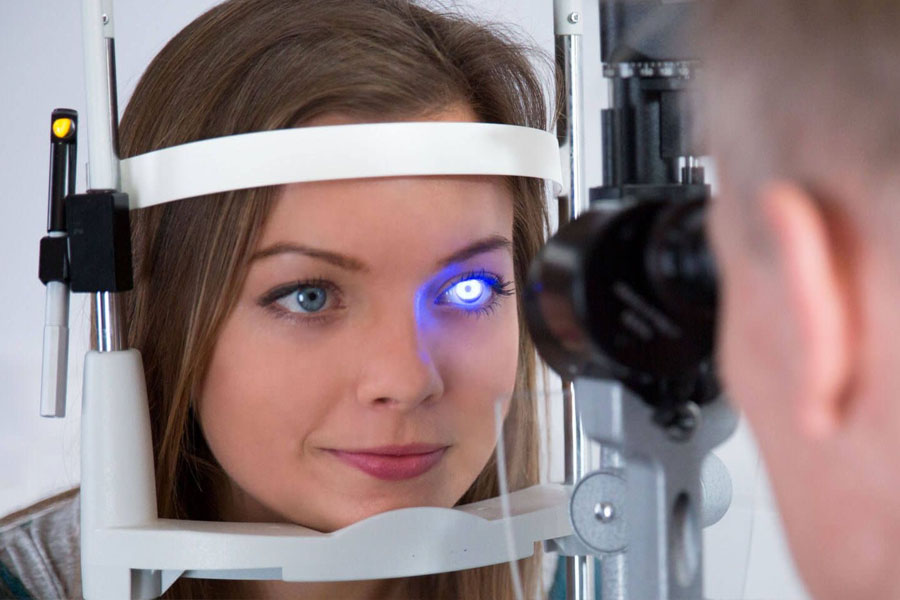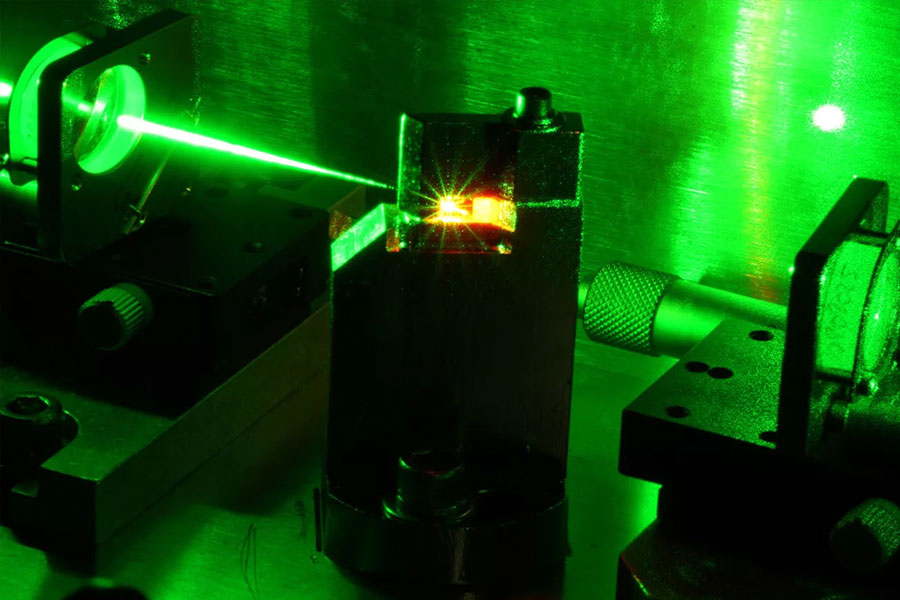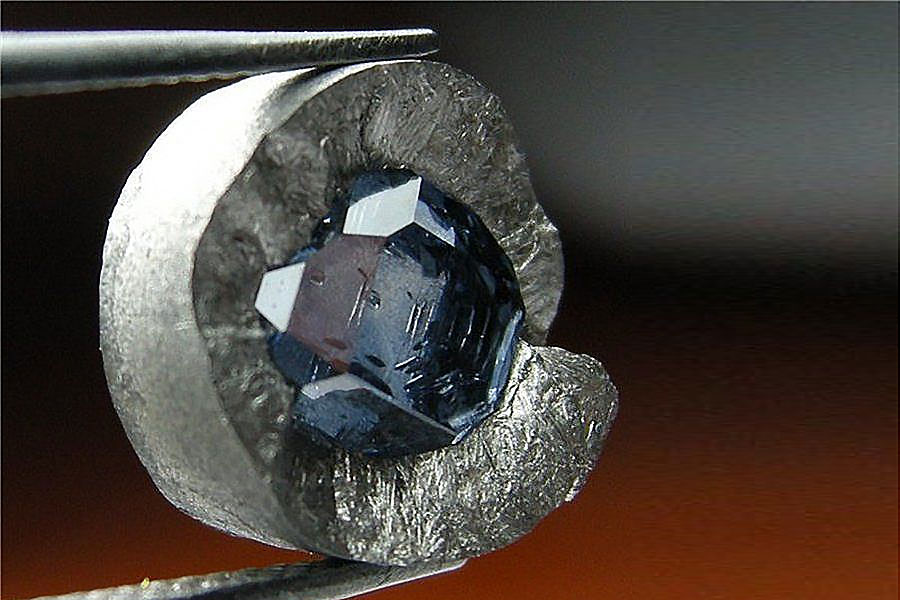- Home
- Jewelry catalog Jewelry catalog
- Diamonds Diamonds
- IQ Diamonds Studio
- Stocks
- Calculator
- Information
- About company
-
Ask a question
1121059, Moscow,
Bolshaya Dorogomilovskaya str., 1st, 2nd floor

All for Diamonds
06.21.2023
Diamond is a unique material that has no analogues today! Only 5 percents of mined and grown diamonds are in the jewelry market. The rest goes to industry and high-tech.
Diamond is a unique material that has no analogues today! Only 5% of the mined and grown diamonds account for the jewelry market. The rest goes to industry and high-tech. We have delved into the research and development of scientists to tell you where else laboratory-grown diamonds are used and why they are needed.
The need to recreate the diamond in the laboratory arose due to the fact that scientists were looking for a way to improve the equipment, reducing the cost of its manufacture. Experimentally, scientists have found out that diamond chips increase the accuracy and strength of tools, and diamond lenses allow you to see what was previously inaccessible to the human eye. But it was simply unprofitable to use diamonds en masse in industry. Expensive extraction and processing did not allow the technology to be used en masse, so scientists studied the formation process in nature and tried to recreate these conditions in a laboratory.
Experiments on the cultivation of diamonds have been conducted since the 1950s. Since then, more than 50 years have passed before jewelry-quality diamonds began to appear from the walls of laboratories.Artificial diamonds are used in the creation of high-precision surgical instruments: scalpels, clamps, surgical needles. To make the incisions as accurate and thin as possible, and the tools are practically not blunt, diamond spraying is applied to them. Most often, such instruments are used where accuracy is important: in cardiology and neurosurgery.
Diamonds are also used in medical lasers. The same ones that doctors use to correct vision, remove small tumors and recanalize blood vessels.

Doctors also use laboratory-grown diamonds in dental treatment. Diamonds accelerate the healing process after pulpitis and nerve removal.
Scientists from St. Petersburg have generally created a new system for diagnosing complex diseases. They figured out how to fix antigen markers on a special nanocarrier made of artificial diamond. With this technology, doctors can test a persons blood for syphilis in 15 minutes with 99% accuracy.
In cosmetology there is a special procedure - diamond face correction. This is not a plastic surgery, but a special type of peeling, in which the keratinized particles on the skin are carefully removed, the skin tone is leveled and acne is removed. In just a few procedures, you can bring the skin into perfect condition. And all thanks to synthetic diamonds.

Experiments with the use of diamonds in industry began with this direction. Scientists were looking for a way to improve the accuracy of equipment using diamond lenses. The lenses increased the accuracy of the instruments hundreds of times, but the technology itself was too expensive to launch it into mass production. Until the technology of creating diamonds in the laboratory appeared.
Now diamond transistors, matrix UV receivers, diamond films with polycrystalline structure and other parts are mass-produced, which are embedded in various equipment: photo and video equipment, computers, fiber optic lines, etc.Almost every house has a drill with diamond drills or a grinder with diamond discs. Both have diamond dusting.
Special machines for tunneling, diamond drills, diamond circles for cutting tiles, grinders and cutters - all this is a small list of machines and tools, the creation of which is impossible without artificial diamonds.
High hardness allows use technical diamonds when creating microchips. With their help, you can increase the computing power of equipment without raising the prices of the devices themselves. And due to the high thermal conductivity and mobility of electrons, it is possible to double the power of computers every couple of years.


Diamonds are embedded in different emitters. Artificial diamonds can determine radiation, chemical stability and radiation resistance.
Since diamond is radiation-resistant and extremely durable, radiation detectors made of diamond can be placed in previously inaccessible places for experiments and data collection.

Diamonds grown in the laboratory are used in many scientific fields and their number increases every year. Moreover, it is expected that the jewelry market will also grow, because an increasing number of people prefer laboratory diamonds to natural ones.
Log in to your personal account